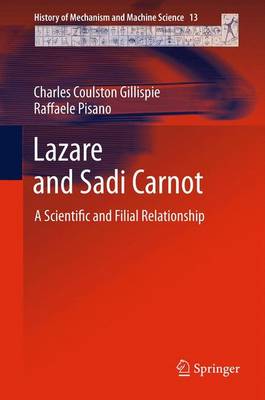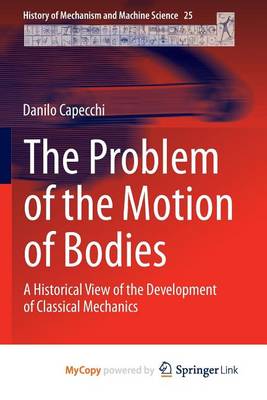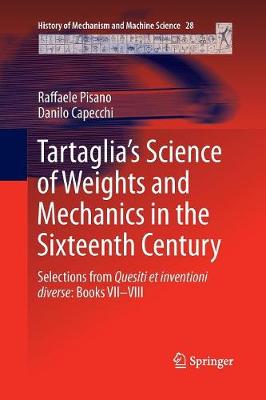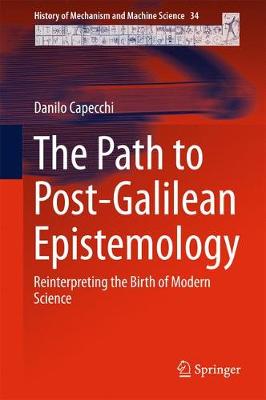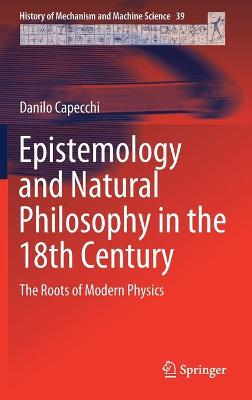History of Mechanism and Machine Science
5 primary works
Book 19
Book 25
Book 28
Tartaglia's Science of Weights and Mechanics in the Sixteenth Century
by Raffaele Pisano and Danilo Capecchi
This book presents a historical and scientific analysis as historical epistemology of the science of weights and mechanics in the sixteenth century, particularly as developed by Tartaglia in his Quesiti et inventioni diverse, Book VII and Book VIII (1546; 1554).
In the early 16th century mechanics was concerned mainly with what is now called statics and was referred to as the Scientia de ponderibus, generally pursued by two very different approaches. The first was usually referred to as Aristotelian, where the equilibrium of bodies was set as a balance of opposite tendencies to motion. The second, usually referred to as Archimedean, identified statics with centrobarica, the theory of centres of gravity based on symmetry considerations. In between the two traditions the Italian scholar Niccolo Fontana, better known as Tartaglia (1500?-1557), wrote the treatise Quesiti et inventioni diverse (1546).
This volume consists of three main parts. In the first, a historical excursus regarding Tartaglia's lifetime, his scientific production and the Scientia de ponderibus in the Arabic-Islamic culture, and from the Middle Ages to the Renaissance, is presented. Secondly, all the propositions of Books VII and VIII, by relating them with the Problemata mechanica by the Aristotelian school and Iordani opvsculvm de ponderositate by Jordanus de Nemore are examined within the history and historical epistemology of science. The last part is relative to the original texts and critical transcriptions into Italian and Latin and an English translation.
This work gathers and re-evaluates the current
thinking on this subject. It brings together contributions from two distinguished experts in the history and historical epistemology of science, within the fields of physics, mathematics and engineering. It also gives much-needed insight into the subject from historical and scientific points of view. The volume composition makes for absorbing reading for historians, epistemologists, philosophers and scientists.Book 34
Book 39
This book documents the process of transformation from natural philosophy, which was considered the most important of the sciences until the early modern era, into modern disciplines such as mathematics, physics, natural history, chemistry, medicine and engineering. It focuses on the 18th century, which has often been considered uninteresting for the history of science, representing the transition from the age of genius and the birth of modern science (the 17th century) to the age of prodigious development in the 19th century. Yet the 18th century, the century of Enlightenment, as will be demonstrated here, was in fact characterized by substantial ferment and novelty.
To make the text more accessible, little emphasis has been placed on the precise genesis of the various concepts and methods developed in scientific enterprises, except when doing so was necessary to make them clear. For the sake of simplicity, in several situations reference is made to the authors who are famous today, such as Newton, the Bernoullis, Euler, d’Alembert, Lagrange, Lambert, Volta et al. – not necessarily because they were the most creative and original minds, but mainly because their writings represent a synthesis of contemporary and past studies. The above names should, therefore, be considered more labels of a period than references to real historical characters.
